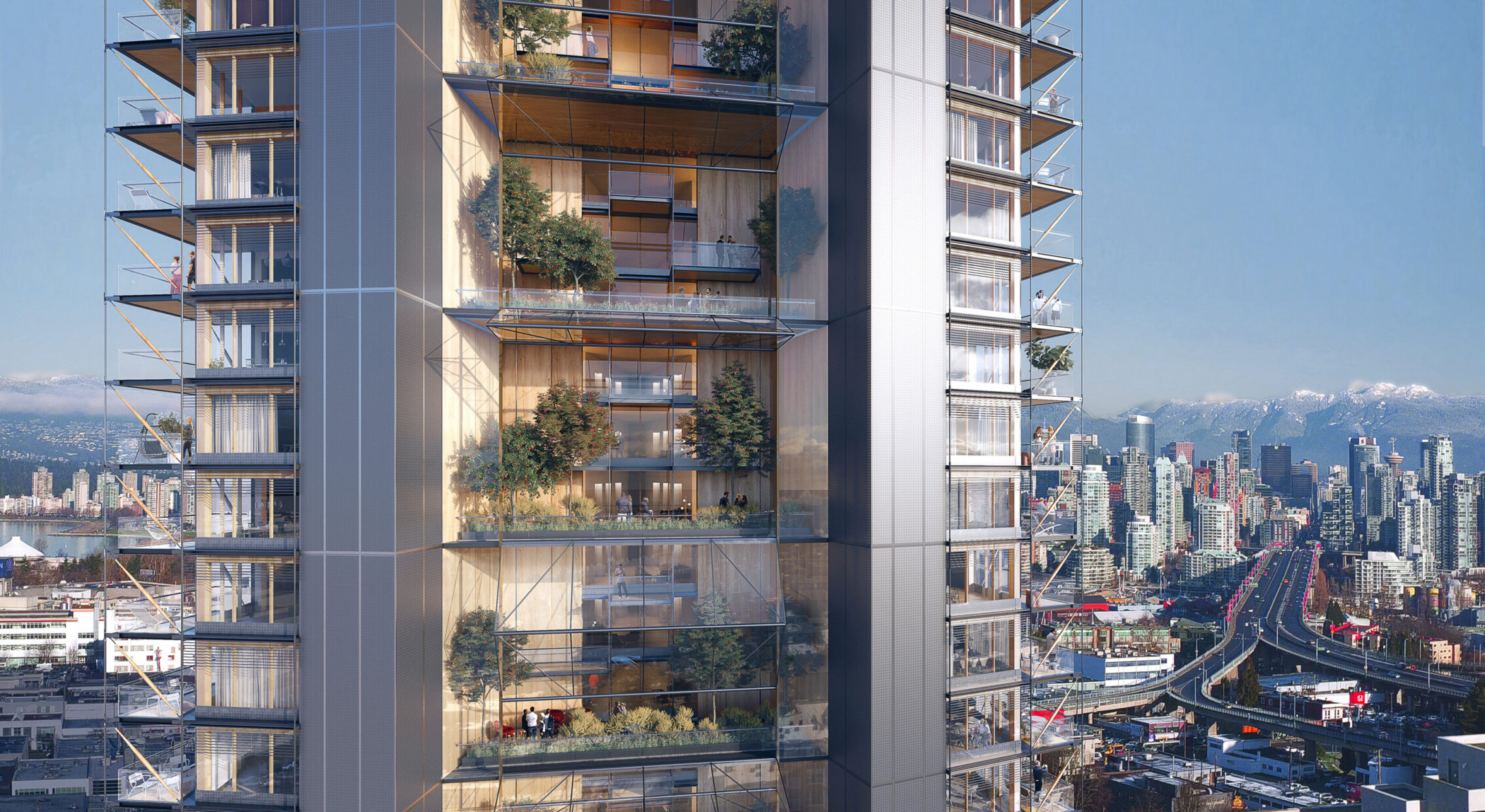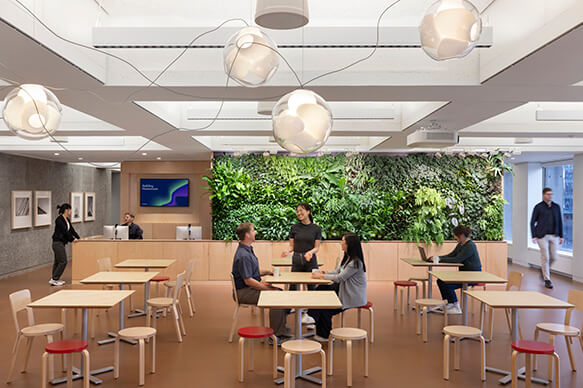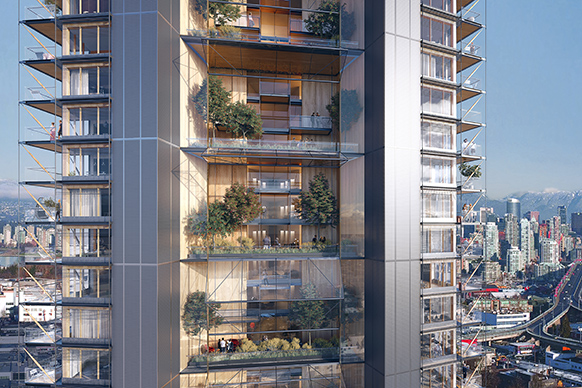The building industry contributes 39 percent of global greenhouse gas emissions. It’s a key player in a climate emergency that impacts the health and viability of cities and communities around the world. If there is any benefit arising from COVID-19, it might be seen in the International Energy Agency’s prediction that global CO2 emissions for 2020 will be almost 8 percent lower than in 2019—the lowest level since 2010.
But as we recover from the pandemic, and restarting economies becomes a global imperative, how can we ensure the design and construction industry will contribute to the continued reduction of emissions? While seemingly paradoxical, it is possible. Architecture 2030 reports that while the U.S. GDP and building sector floor area increased by 26.2 percent and 18 percent respectively since 2005, building sector energy use and CO2 emissions decreased by 1.7 percent and 21 percent respectively in that time. This, despite the addition of 47 billion square feet of building stock. This scale of reduction in CO2 emissions reaffirms that our sector has the capability to execute low-carbon buildings alongside economic growth.
Architects are well-positioned to harness the palpable desire to derive meaningful change from the current pandemic. We can do this through the routine delivery of our services, by leveraging our skills and knowledge in sustainable design. From what we’ve seen, green building practices—established through years of advocacy, implementation, and regulation—are working to drive down emissions.
A major driver for reduced emissions is the stricter performance-based codes being introduced by jurisdictions across the country. Notably, the BC Energy Step code, introduced in 2017, offers British Columbia’s municipalities a progressive roadmap of increasingly stringent energy codes, with the goal of requiring net-zero-energy-ready buildings by 2030. In parallel, the Cities of Toronto and Vancouver have set absolute performance targets, with the goal of achieving near-zero or zero-emissions buildings by 2030.
Our clients in all sectors are, necessarily, following suit. Higher education clients—such as the University of British Columbia, University of Calgary, and University of Western Ontario—are forging ahead with net-zero-carbon performance targets for academic and research buildings. There is also growing recognition amongst our private developer clients that they must build differently and establish carbon policies for their portfolios. Grosvenor’s commitment to achieve net-zero operational carbon emissions from all their directly managed buildings by 2030 is informing how we design a new 7.9-acre master-planned development for Grosvenor Americas in Metro Vancouver.
We are at a critical juncture to make meaningful change, and in response, we have recently committed to offering our clients carbon impact statements that propose proven design measures for reducing their projects’ operational and embodied carbon. To produce these statements, we undertake life cycle assessments starting at concept design, and proceeding through all project milestones. We use a combination of readily available tools—like Athena Impact Estimator, Tally, and EC3—to understand and minimize embodied carbon emissions. The result of our assessment allows clients to make carbon-informed decisions as they consider material and systems options.
As we emerge from the current health crisis, we cannot lose sight of our professional obligation to mitigate the larger global climate crisis. Not only must we continue to build upon energy conservation measures in our industry, we must collectively hasten our efforts to design and execute buildings that are low in embodied carbon. Together with our clients, we can design and construct cities and buildings that ensure the future health of our planet.



